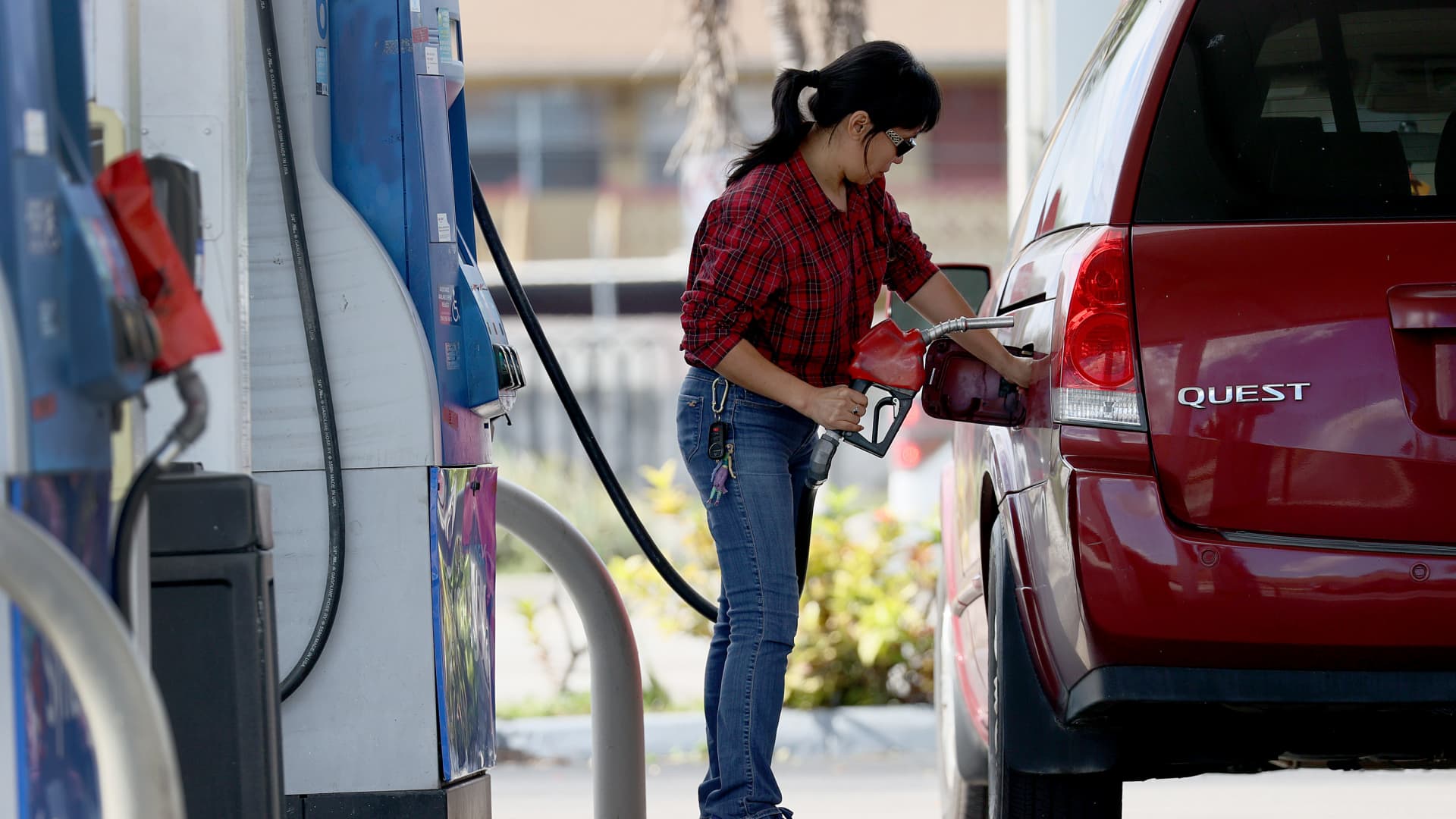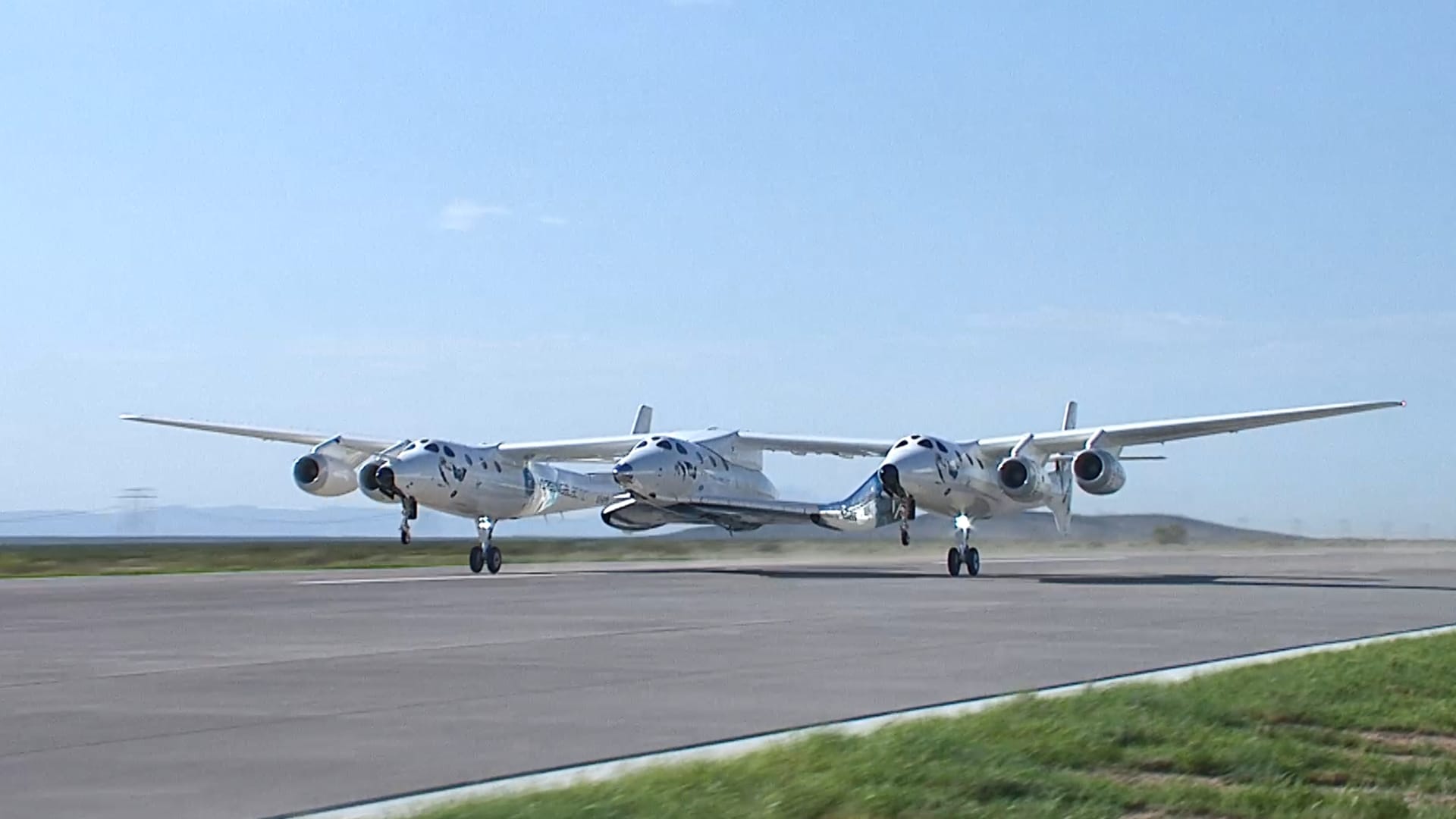US Markets
Tuesday, July 12th, 2022 4:30 am EDT

Being able to get around without a car felt pretty good when prices at the pump jumped to more than $5 a gallon on average nationwide.
But it’s not just drivers who are feeling the pain at the pump.
Companies are seeing their costs increase, as well, and at least some, if not all, of that is getting passed on to consumers, either as a fuel surcharge or price increase.
At this point, the impact of higher gas prices is nearly impossible to avoid.
More from Personal Finance:
How are rising costs impacting your household?
5 steps you can take now to financially prepare for a recession
3 ways to deal with inflation, rising rates and your credit
Russia’s invasion of Ukraine pushed crude prices higher just as demand for fuel picked up, resulting in an increasingly tight oil market and sending gas prices to new highs.
Although the national average for a gallon of regular gasoline fell to $4.68 Monday after the record $5.016 hit in June, prices are still significantly higher than the $3.14 seen one year ago, according to data from AAA.
Fuel surcharges are back in a big way
Already, Uber and Lyft have tacked on a temporary surcharge for rides, while airlines are hiking fares to cover their fuel costs.
Grocers and delivery services, such as Instacart and FreshDirect, are charging an extra fee, as are shippers like UPS and FedEx, based on the average price for a gallon of diesel — one of their biggest single costs.
Even Amazon jumped on the bandwagon this April and for the first time started charging sellers a 5% fuel and inflation surcharge, which could mean higher costs for consumers as businesses try to pass along some of that extra expense.
One way or another, we are seeing higher costs as a result of higher gas prices.Ted Rossmansenior industry analyst at CreditCards.com
In fact, the price of any good transported on a truck, train or ship could be affected.
“Anything that’s being transported long distances, at the end of the day someone is going to have to pay for that,” said Ted Rossman, a senior industry analyst at CreditCards.com. “Oftentimes, the consumer is footing the bill.
“One way or another, we are seeing higher costs as a result of higher gas prices,” Rossman said.
Gas prices rise quickly but fall slowly
“I don’t expect the surcharges to go away anytime soon,” said Patrick De Haan, head of petroleum analysis at GasBuddy.
“For things like ridesharing, pizza delivery, groceries, airfares, packages, home building, vehicles, everything is impacted by rising fuel costs, especially as we’ve smashed through record levels,” De Haan said.
There’s a reason gas prices rise quickly but fall slowly, and it is mostly due to the available supply and the need to hedge against future volatility, but that also means that even so-called temporary surcharges can last for a while.
How to factor higher prices into your budget
Rossman advises consumers to consider alternative ways to offset today’s higher costs.
For starters, there are specific grocery rewards cards that can earn you up to 6% back at supermarkets nationwide, such as the Blue Cash Preferred Card from American Express while a generic cash-back card such as the Citi Double Cash Card will earn you 2%.
“That could be an inflation buster,” he said.
Otherwise, consider making tradeoffs, like delaying a big-ticket purchase or switching to a less-expensive substitute.
Add on money-saving apps or browser extensions like Rakuten for more cash-back offers or Cently, which automatically applies coupon codes to your online orders.
“I would pull some of these levers to reduce the sting even if you are stuck paying higher prices,” Rossman said.
How are rising gas prices and other costs impacting your household? Here’s how to calculate your personal inflation rate.
This post has been syndicated from a third-party source. View the original article here.




